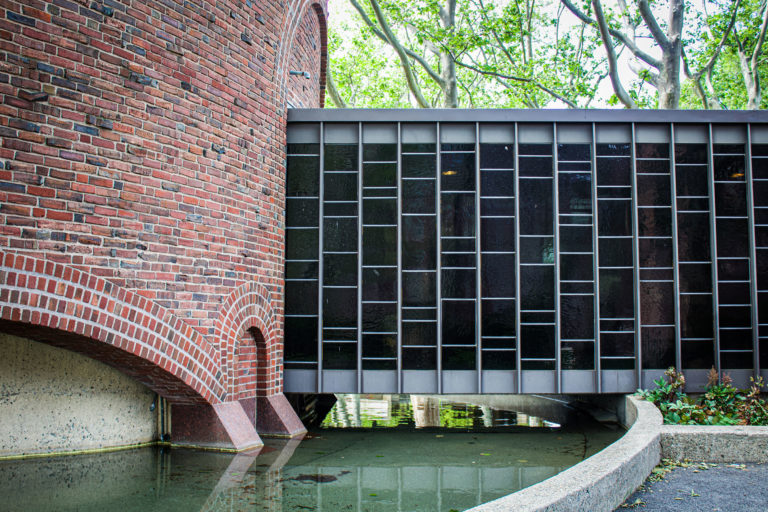Table of Contents
What is a Multifaith Worship Space?

First appearing in the 1950s, the multifaith worship space is a relatively recent typology that provides a space where people of differing religious beliefs can spend time in contemplation or prayer. There is no precise definition of these spaces, which are referred to by a broad range of names, including multifaith worship spaces, interfaith chapels, nondenominational chapels, prayer rooms, meditation spaces, quiet rooms, and more. Multifaith spaces are typically found in large public buildings or complexes, most commonly in airports, hospitals, and university campuses, but they also exist in military bases, prisons, malls, stadiums, museums, and as stand-alone institutions.
In the majority of multifaith worship spaces, there is no designer involved; they are furnished by a facility administrator, usually as an afterthought. While there are a few famous examples of the typology created by well-known architects, some of which are included in this exhibition, the bulk of these spaces tend to be hidden in service areas, usually near bathrooms, and are rarely treated with the reverence that one would give to the design of a different prayer space, such as a church, synagogue, or mosque. However, despite this negligence, multifaith prayer spaces are complex and challenging sites to engage with. How does their architecture and design accommodate multiple religious traditions in a single space and encourage people of different faiths to respectfully share a moment of worship or contemplative solitude?
Multifaith worship spaces not only serve an important spiritual role in post-secular society but also showcase how religious inclusion can encourage the acceptance of religious and ethnic minorities within a multicultural landscape. Unfortunately, many spaces fail to reach the fullest expression of these principles due to a lack of financial investment, design consideration, and even general awareness of their existence.
This exhibition showcases the best examples of multifaith worship spaces, assessed by their aesthetic qualities, the efficiency of their design, and the use of creative solutions to address challenges inherent to the typology. Less successful examples have also been included, showcasing the difficulty of designing multifaith worship spaces, especially with limited resources.